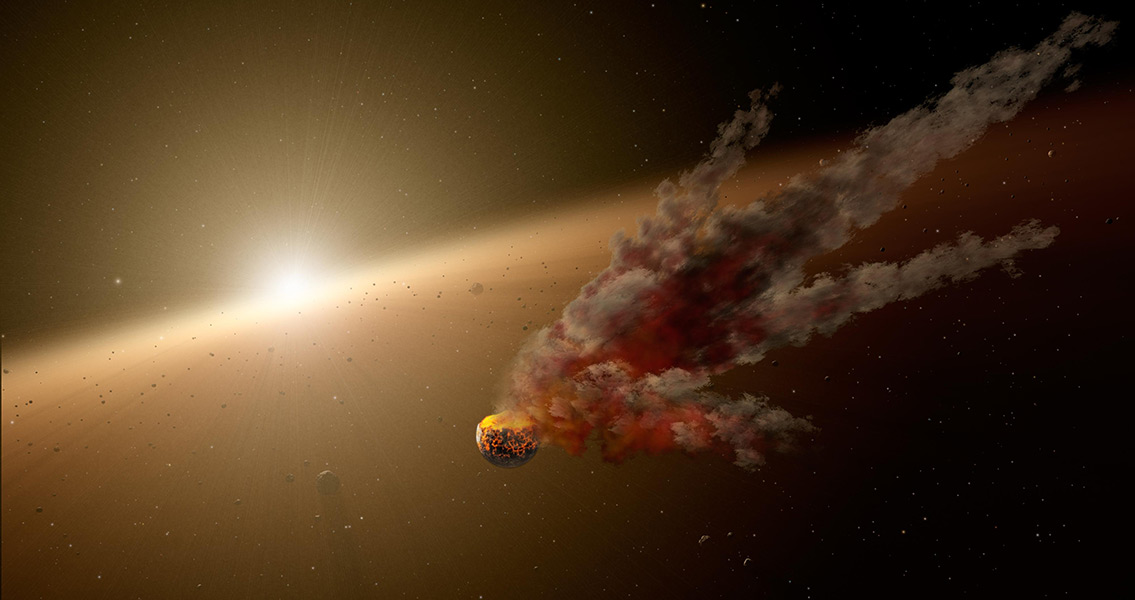<![CDATA[Over sixty million years ago, at exactly the same time (relatively speaking) the dinosaurs abruptly disappeared, a giant asteroid struck the earth. It seems reasonable to connect these two events, and in fact, the causal link between them is widely accepted in the scientific field. The question of exactly how the impact led to the extinction of dinosaurs and other species on the planet at the time, however, has never been definitively answered. The Cretaceous-Paleogene (K-Pg) extinction event, as it’s known, wiped out more than 75% of all the species on Earth, not just dinosaurs but numerous birds, snakes, mammals, lizards, insects and plants. It hit all oceans and all continents and it was fast - species seemed to vanish overnight. The theories about what was behind this mass extinction include; dust blocking the sun, an inferno of scalding debris falling from the sky, and acid rain caused by vaporized sulfur. Now, a new theory suggests that soot from a massive oil fire could have triggered the extinction event. Researchers with Japan’s Tohoku University recently published a study suggesting that the soot particles from burning crude oil lingered in the atmosphere, dimming the sun and leading to a global cooling. Discovered in 1990, the massive Chicxulub crater confirmed this life-ending asteroid struck in Mexico, on the Yucatan Peninsula, a region with vast deposits of crude oil. Analyzing the sedimentary layer known to mark the extinction event - the K-Pg boundary – the researchers found that the soot within the layer, which was originally believed to be the result of wildfires, was actually the product of hydrocarbons (crude oil) burning. The largest crude oil deposit in Mexico, the Jurassic Cantarell oil field, is in close proximity to the Chicxulub crater, in fact, the crater was discovered by geologists surveying the area looking for oil. The researchers theorize that when the asteroid slammed into the planet, the oil locked underground was released. The heat of the impact would have set the oil on fire, creating black clouds of soot particles and pushing them up to the stratosphere, where tiny soot particles can stay for years. Researchers studied the soot’s chemistry in order to estimate the quantity of soot this event would have produced (between 1.8 and 60 billion tons), and by using computer models estimated how effective the soot would have been at blocking light. They found that depending on the quantity of soot, sunlight was reduced 50% to 90%, which would have led to a global temperature reduction of 6°C to 18°C and reduced rainfall and drought. The most severe temperature drops would have been at the poles. The critical factor in this hypothesis is that a soot cloud could have lingered for years. Although the cooling and darkness would have been harshest in the first several years, it would have been a decade before light levels returned to normal, and even longer before the climate returned to normal. The study has been published in Scientific Reports. ]]>
Dinosaur Extinction Tied to Prehistoric Oil Spill
